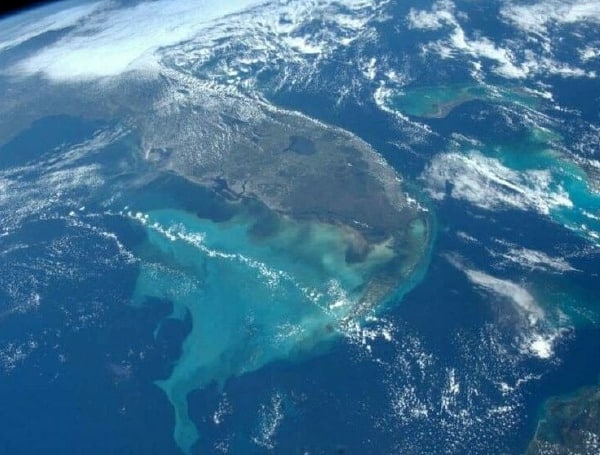Hurricane season ended two weeks ago.
And while a major part of southwest Florida got absolutely walloped by Hurricane Ian in September, the summer and early fall of 2022 were otherwise a disappointment for climate-change activists.
As CNSNews.com reported on Wednesday, “While the National Oceanic and Atmospheric Administration (NOAA) held firm to its prediction of an above-normal hurricane season – despite zero hurricanes at the halfway mark – the 2022 season proved to be nothing out of the ordinary.”
“Hurricane season, which runs from June through November annually, turned out to be pretty average this year.”
In short, CNSNews noted:
- This year saw just two “major” hurricanes, which was below the annual average of three and less than NOAA’s prediction that there would be three to six.
- The eight total hurricanes, across all categories, fell “dead-center” in NOAA’s forecasted range.
- And, the total number of named storms “barely hit the lowest number in NOAA’s forecasted range.”
Yet NOAA seemed unimpressed by all the relative calm.
In the news: Trump’s Major Announcement Is His Digital Trading Card Collection
“This unique season was defined by a rare mid-season pause in storms that scientists preliminarily believe was caused by increased wind shear and suppressed atmospheric moisture high over the Atlantic Ocean,” the agency said in its year-end report.
But others, though, did see the unremarkable year as remarkable.
CNSNews quoted a study by the Global Warming Policy Foundation, which concluded, “there is little evidence that global warming has resulted in more hurricanes or more intense ones in recent years.”
“On the contrary,” the study added, “available evidence confirms that hurricane and major hurricane frequency has been similar in many prior periods.”
Visit Tampafp.com for Politics, Sports, and National Headlines, or signup for our free newsletter by clicking here.
Android Users, Click Here To Download The Free Press App And Never Miss A Story. Follow Us On Facebook Here Or Twitter Here.

